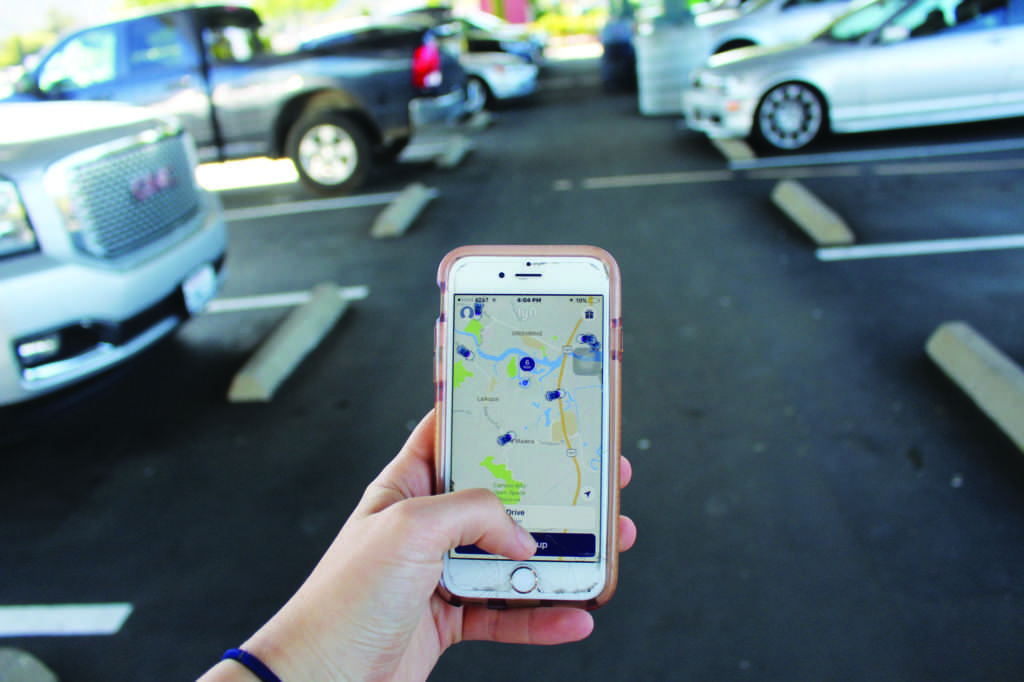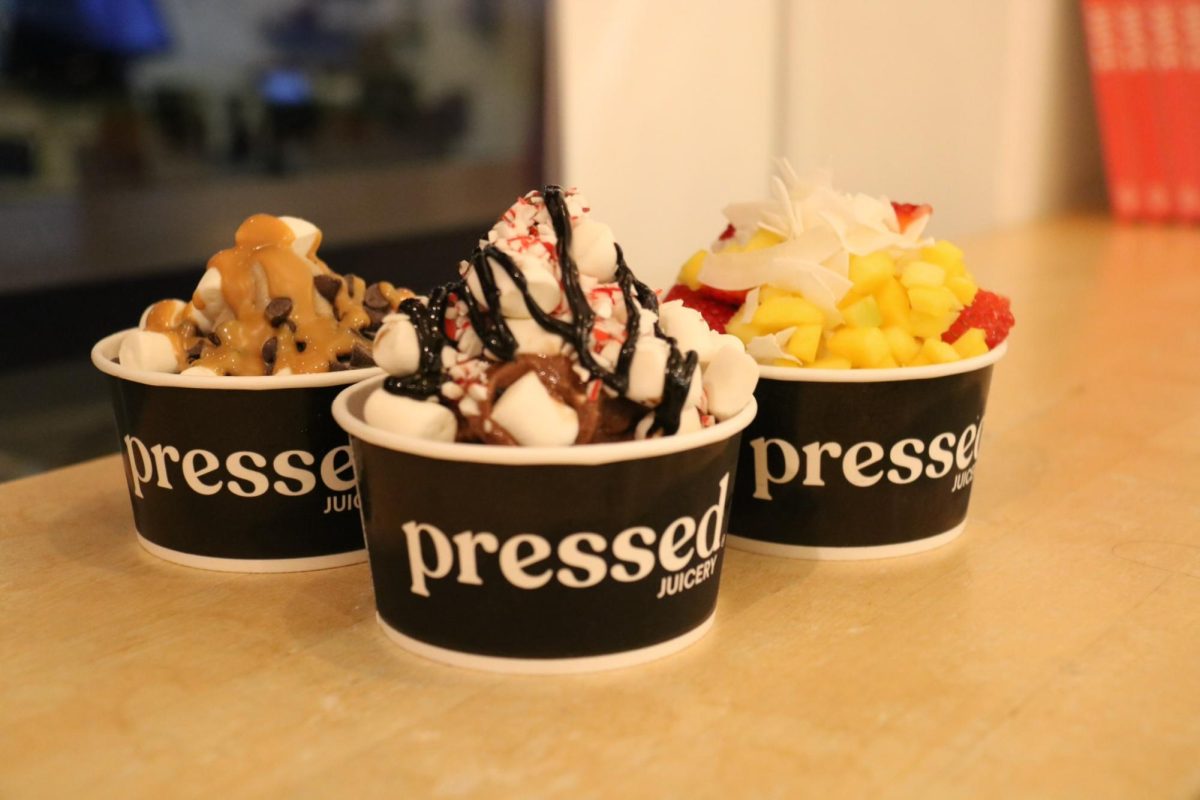In 2009, Uber became the first online ride-hailing service and has been popular ever since. For three years, Uber faced no competition until a similar transportation company, Lyft, was founded in 2012. Both companies provide easy access to nearly instant transportation through smartphone apps. In addition to offering safe transportation and convenient rides, Uber and Lyft allows students and those without a driver’s license to catch a ride anywhere they need to go. For students in Marin, Uber and Lyft have become prominent modes of public transportation.
As a weekly Uber and Lyft customer, I’ve taken into account all of the criteria that makes for a good riding service, and came to find that Lyft is the most reliable.

Although the competing companies try to keep their prices lower than the other, the average price for the same trip is usually similar. Uber and Lyft’s pricing is calculated on a four-point criteria-based fare: cost per minute, cost per mile and booking fee, according to Ridesharing Driver. On average, Uber charges around $1.35 per mile and Lyft $1.50, making Uber a cheaper ride. A student’s trip from Redwood High to Town Center Mall would cost an Uber rider $6.75 and a Lyft rider $7-9.
However, there is one difference with the pricing part of the two apps: Uber provides an exact price for each ride, which is then paid by the rider once a trip is complete. On the other hand, Lyft only presents the rider with a price range for the trip, and the price can change depending on interruptions, such as traffic.
Another difference between the companies is the ability to tip the driver. Uber has continued its no-tipping policy, whereas Lyft allows the customer to tip their driver $1-5.
It should be at the customer’s discretion whether or not to tip their driver based on their individual experience. Contingent upon the tipping policy, Lyft has a good procedure and should continue to allow the customer the choice to tip their driver or not.
The overall car ride has a massive impact on a customer’s experience with their riding company. The best service is influenced by a variety of factors, from the driver to the type of car. Uber currently has 160,000 drivers in the United States, whereas Lyft has 100,000, according to the Wall Street Journal.
Because of Uber’s size and availability, they are able to offer more rides, covering 528 cities and offering 24 hour service. When finding rides late at night in Marin, I have found that Uber has more cars in my location than Lyft.
The experience in a four seater UberX or Lyft can vary depending on the driver. I have encountered many different personalities of drivers from Lyft and Uber, friendly and strange. Almost anyone can easily apply and become an Uber or Lyft driver, just by signing up online or through their apps; therefore implying that some drivers may not be completely fit for the job leading to negative experiences for the rider.
The image of a large company such as Uber and Lyft can help influence the popularity of the company. Recently, Uber has had controversy in the news with sexual assault cases from drivers to passengers throughout the past few weeks and months; the stigma has done significant damage to Uber’s reputation.
After hearing about Uber in the news, I have had some hesitation when riding with them, but not to the extent where I will no longer use their company. As Uber stumbles in the media, Lyft has kept their reputation clean with no cases of sexual assault.
Lyft’s missions and values seem to lean towards friendliness and a pleasant experience between the passenger and driver; whereas Uber promotes a more professional business oriented relationship, revealing the difference in communication levels and interaction with the company’s drivers. In the end, regarding all the criteria that makes up for a good ride hailing service, Lyft serves as the better company over Uber. Although Lyft may be slightly more expensive, they made sure to provide top notch service so you will get your dollars worth.







